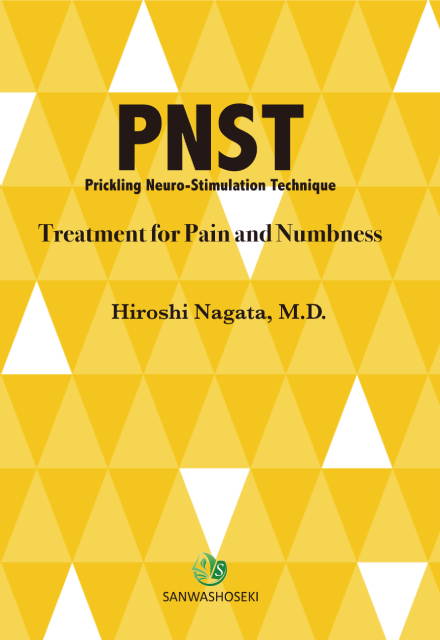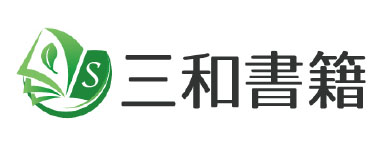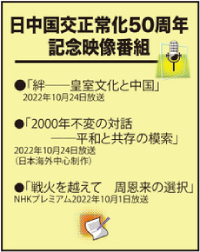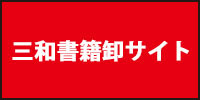
Treatment for Pain and Numbness
author:Hiroshi Nagata, M.D.
number of pages:236
format:A5
定価8500円+税
ISBN978-4-86251-503-2
Table of Contents
Chapter 1 Explanations of Dermatome
1-1 Dermatome Model
1-2 Dermatomes of the Head
1-3 Dermatomes of the Neck
1-4 Dermatome C5 – A Complex Pathway
1-5 Dermatomes C6, C7, C8, and T1
1-6 Dermatome T1 – Further Discussion (Fig.5)
1-7 Dermatome L4 (Fig.6)
1-8 Relationships between Dermatome L5 and Dermatomes L4, S1, and S2
1-9 Schematics Below S2 Dermatome
Chapter 2 Explanations of PNST Terms
2-1 Treatment Parts of PNST: Dermatome Parts
2-2 Face Part
2-3 Local Parts
2-4 Peripheral Nerve Treatment-Points: Upper extremity
2-5 Peripheral Nerve Treatment-Points: Lower extremity
2-6 Explanations of Dermatome Parts and Zero-points
2-7 Zero-points within each Dermatome Part
2-8 Why Zero-points? – efficacy of cervical Radiculopathy treatment
2-9 Zero-point illustration and Dermatome lines (see Fig.1 in 2-1)
2-10 Difference between Line-points and BL meridian (Fig.2)
2-11. Correlation between dorsal rami of spinal nerve and dermatome (Fig.3)
Chapter 3 Procedures and Explanations on Dermatome Parts
3-1 Implements and common clinical treatment
3-2 Head Part (H-P)
3-3 Regarding the optimal number of stimulation points
3-4 Neck-Shoulder Part (NS-P)
3-5 Stiff Shoulders Part (StSh-P)
3-6 Thoracic Part (T-P)
3-7 Hepato-Gastric Part (HG-P)
3-8 Lumbar Part (L-P)
3-9 Sacral Part (S-P)
Chapter 4 How to create the Zero-points and draw the lines.
4-1 How to draw the reference lines. Figure1
4-2 How to set Zero-points from C7-0 to C1-0. Fig.2
4-3 How to find C2-0 and C1-0. Fig.3
4-4 How to find T1-0 and T2-0. Fig.4
4-5 How to find T4-0, T5-0, and T6-0. Fig.5
4-6 How to find T8-0, T9-0, T10-0, T11-0, and T12-0. Fig.6
4-7 How to find L1-0, L3-0, L5-0. Fig.7
4-8 How to find S1-0, S3-0, S4-0, S5-0. Fig.8
Chapter 5 Explanations of Treatment-points and Procedures of the Face Part, Head Part and Ear Part.
5-1 Face Part and Head Part
5-2 Treatment-points and explanations of Eye-Part (Eye-P)
5-3 Treatment-points and explanations of Nose-Part and Oral-Part
5-4 Treatment-points and explanations of Ear Part (=Ear-P)
Chapter 6 Local Parts
6-1 Knee Part (K-P)
6-2 Tibial Part (Ti-P)
6-3 Foot Part (F-P)
6-4 Shoulder joint Part (Shj-P)
6-5 Pharyngeal Part(Ph-P)
6-6 Hip joint Part (Hj-P)
6-7 Piriformis Part (Pi-P)
6-8 Facial Nerve Part (FaN-P)
6-9 Chest Part (Ch-P)
6-10 Posterior Triangle of the Neck Part (PoTr-P)
6-11 Temporomandibular joint Part (TMJ – P)
6-12 Dorsal Scapular Nerve Part(DSN-P)
6-13 Plantar Nerve Part (PLN-P)
6-14 Sacroiliac joint Part (Sij-P)
6-15 Stiff Shoulder Part (StSh-P)
Chapter 7 Peripheral Nerve Treatment-points often used with PNST
7-1 Brachial Plexus Points (BrPl-P)
7-2 Sternocleidomastoid Point (SCM-P)
7-3 Axillary Nerve Point (AXN-P)
7-4 Radial Nerve Point (RN-P)
7-5 Medial Antebrachial Cutaneous Nerve Point (MABN-P)
7-6 Musculo-Cutaneous Nerve Point (MCN-P)
7-7 Radial Nerve at the Wrist Point (RNW-P) (See also 7-4)
7-8 Median Nerve Point (MN-P)
7-9 Ulnar Nerve Point (UN-P)
Chapter 8 Peripheral Nerve Treatment-points often used with PNST
8-1 Femoral Nerve Point (FN-P)
8-2 Lateral Femoral Cutaneous Nerve Point (LFCN-P)
8-3 Saphenous Nerve Point (SaN-P)
8-4 Common Peroneal Nerve Point (CPN-P)
8-5 Superficial Peroneal Nerve Point (SPN-P)
8-6 Deep Peroneal Nerve Point (DPN-P)
8-7 Posterior Tibial Nerve Point (PTN-P)
8-8 Sural Nerve Point (SuN-P)
8-9 Shibayama Toyokazu Point (ST-P)
8-10 Superior Cluneal Nerve Point (SCLN-P)
8-11 Middle Cluneal Nerve Point (MCLN-P)
8-12 Thoraco-Lumbar Fascia Point (TLF-P)
Appendix
I Treatment of Cervical Nerve Root Symptoms (Cervical Radiculopathy)
II Treatment of Piriformis Syndrome
III Knee Treatment with Pressure Pain Stimulation (PPS)
IV From PNST Pin-Point Treatment SeriesNo.1:S1 Radiculopathy and Knee Arthritis
V A neurosurgeon’s Integrated Method: PPST






